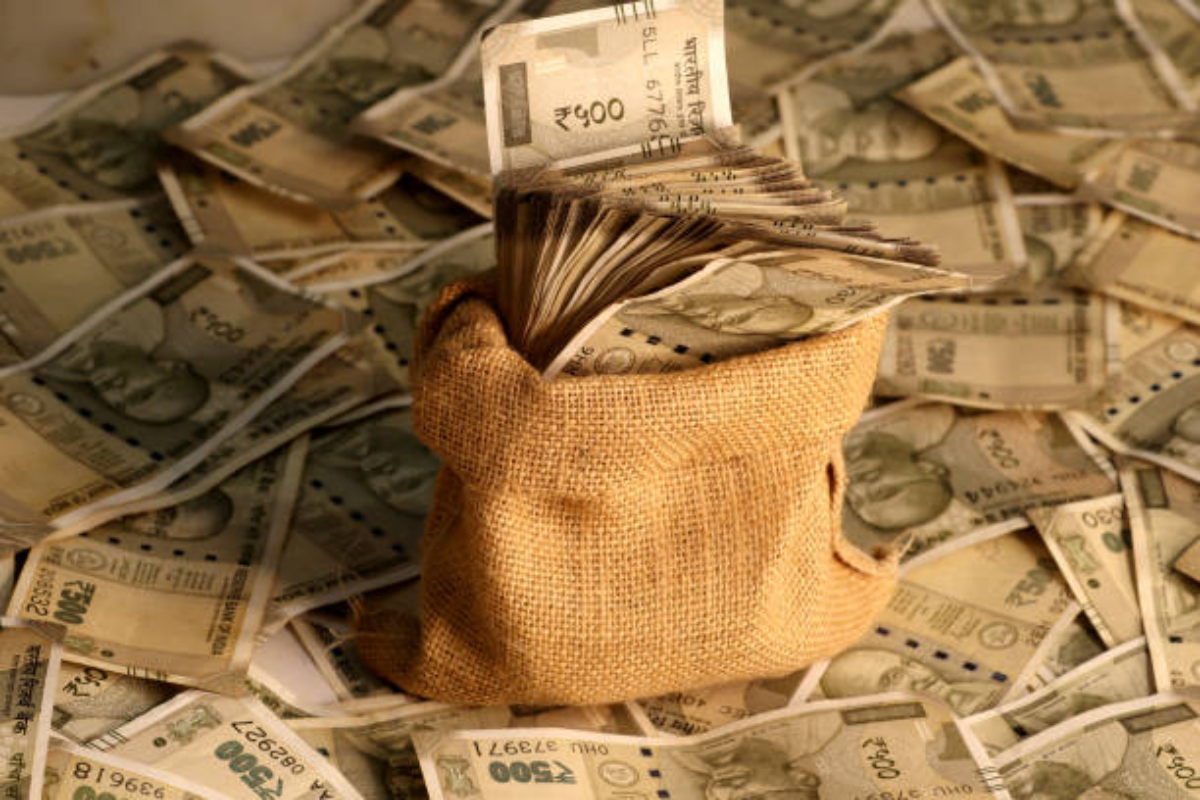In the mercurial world of finance, the spectre of a bubble looms ominously over investors, casting shadows of doubt and trepidation. As share prices surge to dizzying heights, fuelled by a cocktail of optimism and nervousness, the perennial question resurfaces. Is the bull market careening towards a bubble? Two years ago, amidst the wreckage of plummeting asset prices, many heralded the demise of an era characterised by rock-bottom interest rates and rampant speculation. Yet, the trough in American stocks in October 2022 marked the inception of a remarkable resurgence. Since then, stock markets worldwide have embarked on an astonishing ascent, claiming all-time highs with an almost insatiable appetite for gains.
Echoes of past manias reverberate through the halls of finance, reminiscent of the dotcom bubble of the late 1990s. Then, as now, visions of transformative technological innovations fuelled exuberance, propelling share prices to stratospheric heights detached from economic fundamentals. Yet, while parallels can be drawn, distinctions must be acknowledged. The valuations of today’s market behemoths, though lofty, pale in comparison to the exorbitant multiples witnessed during the dotcom frenzy. Indeed, the defining feature of bubbles is the detachment of asset prices from rational valuation metrics, driven instead by speculative fervour and herd mentality. However, a cursory examination of current market dynamics reveals a lack of euphoria and irrational exuberance.
Advertisement
Fund managers, while bullish, exhibit measured optimism, refraining from full-throttle allocation to equities. Similarly, retail investors, historically the harbingers of speculative manias, have yet to unleash a torrent of capital into high-risk assets. But cautionary tales abound, serving as harbingers of potential peril. The concentration of gains among a select few mega-cap stocks evokes memories of past market frothiness, raising concerns of a broader contagion. Should speculative fever grip the market, expect a proliferation of risky IPOs and a frenzied rush into uncharted territories. Professional money managers find themselves ensnared in a delicate dance between fiduciary responsibility and market exuberance. Avoiding overvalued pockets of the market risks the accusation of mediocrity, while capitulating to speculative fervour invites the ire of rationalists. The tight-rope walk between prudence and performance grows ever narrower as markets teeter on the brink of exuberance. Against this backdrop, the role of central banks looms large.
The spectre of interest rate cuts, a siren song to investors intoxicated by cheap debt, threatens to exacerbate speculative excesses. As lenders shower risky borrowers with a deluge of liquidity, the seeds of a future reckoning are sown. While the current market exuberance bears semblance to past bubbles, it falls short of the euphoric mania characteristic of speculative frenzies. Yet, complacency is a luxury investors can scarce afford. Vigilance, tempered with prudence, remains the bulwark against the allure of irrational exuberance. For, in the tumultuous arena of finance, the line between exuberance and folly is often perilously thin.









